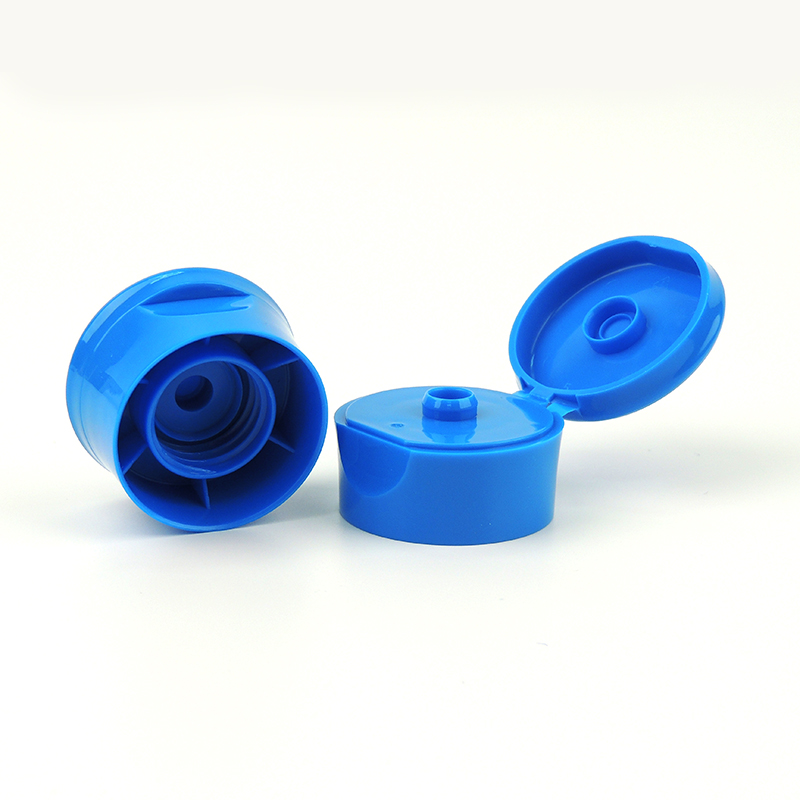Plastic Injection Manufacturer with Customized Service For Many Industries - Mulan Group ![]() Contact@china-plasticparts.com +86 021 3479 1660
Contact@china-plasticparts.com +86 021 3479 1660
Injection Molding: A Manufacturing Revolution
Injection Molding: A Manufacturing Revolution
Injection molding is a manufacturing process used for producing plastic parts in large quantities. The process involves heating plastic resin to a molten state and then injecting it into a mold, where it cools and solidifies into the desired shape. Injection molding is one of the most versatile and widely used methods of manufacturing plastic products, from small parts to large complex shapes.
How Injection Molding Works
The injection molding process can be broken down into six main steps:
Resin Selection: The first step is to select the appropriate plastic resin for the desired product. Different resins have different properties and are suitable for different applications.
Melting: The selected resin is then fed into a heating barrel, where it is melted and heated to a high temperature.
Injection: The molten resin is then injected into a mold under high pressure, filling the mold cavity and forming the desired shape.
Cooling: The molded part is then cooled to room temperature, allowing it to solidify and take its final shape.
Ejection: Once the molded part has cooled, it is removed from the mold by a mechanism known as the ejector system.
Finishing: The molded part may require further processing, such as trimming, painting or assembly, before it is ready for use.
Advantages of Injection Molding
Injection molding offers several advantages over other manufacturing methods, including:
High volume production: Injection molding is ideal for producing large quantities of parts in a short amount of time, making it ideal for high-volume production.
Consistent quality: The injection molding process is highly repeatable, producing parts with consistent quality and tight tolerances.
Complex shapes: Injection molding is capable of producing parts with complex shapes, including intricate internal and external features.
Wide range of materials: Injection molding can be used with a wide range of plastics, including thermoplastics, thermosets, and bioplastics, making it suitable for

QUICK LINKS
mulan Cases & Services
CONTACT US










